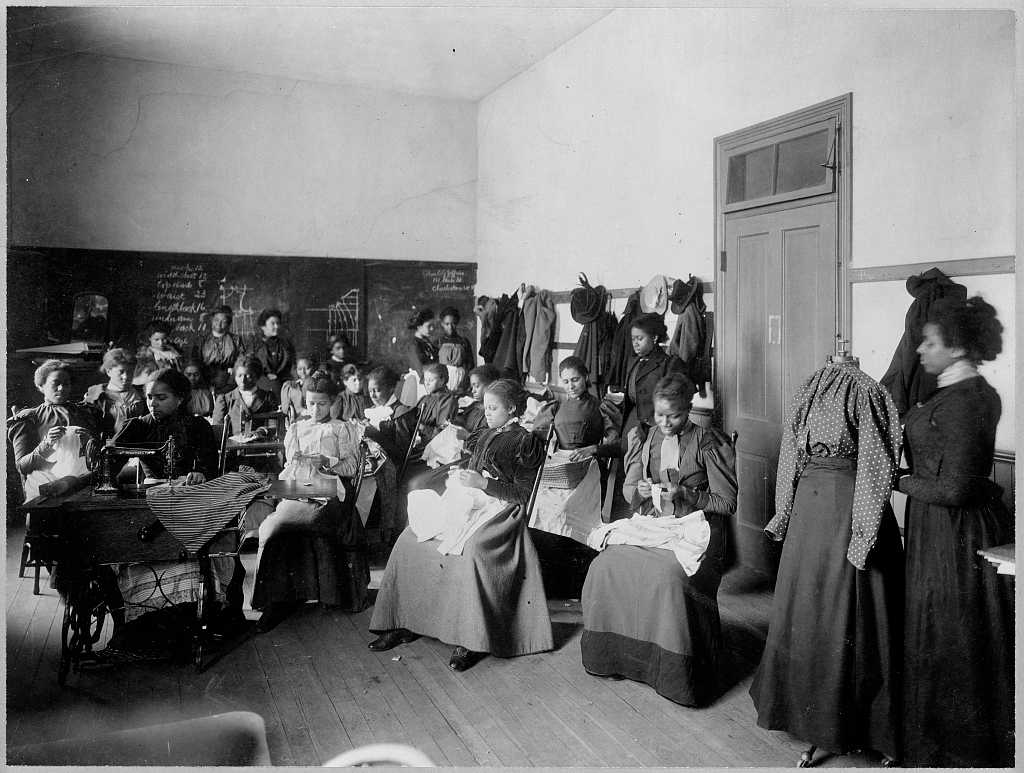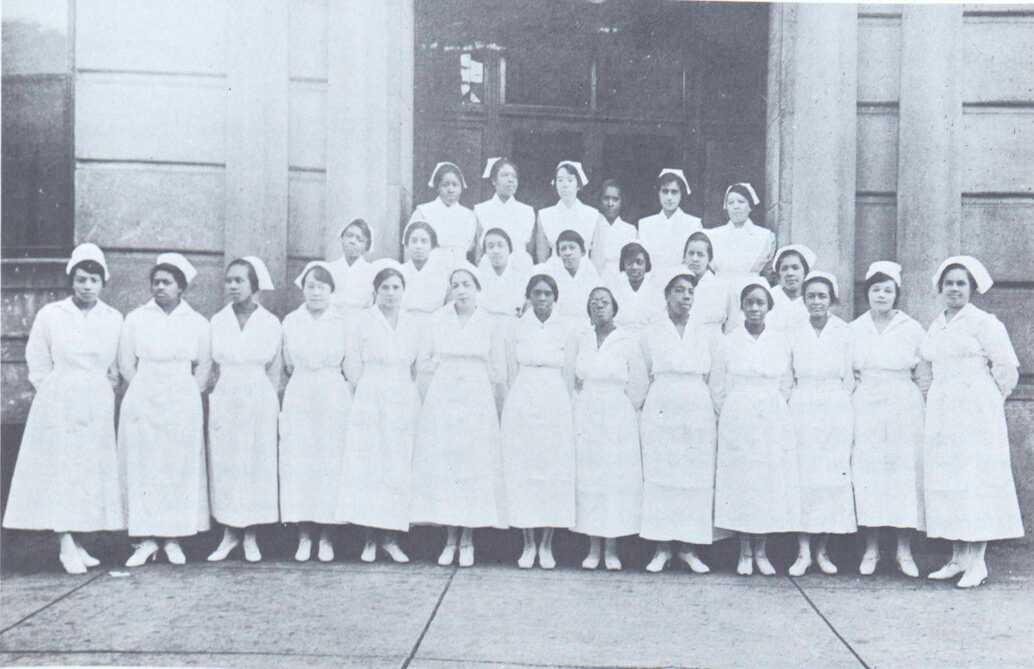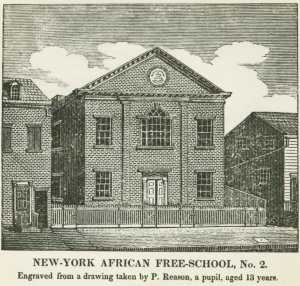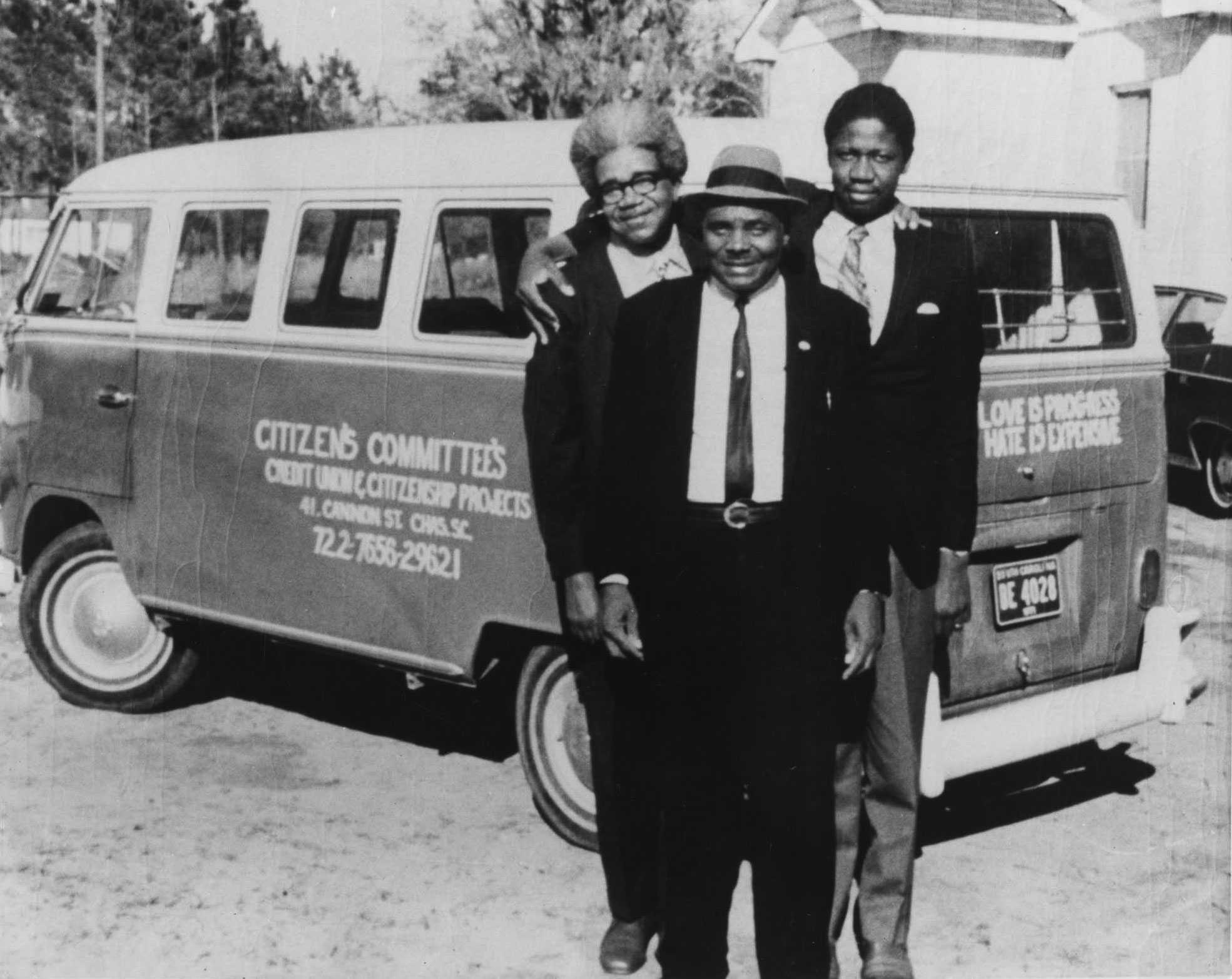Historic Event
W.E.B. Du Bois at the 1900 Paris Exposition

Bringing Black America to the World
The cover of The Colored American featuring W.E.B. Du Bois
In 1900, W.E.B. Du Bois traveled to the 1900 Paris Exposition, a world’s fair featuring the innovations of the new century. Among the many presentations, “The Exhibit of American Negroes” stood out. Du Bois, along with co-organizers Daniel Murray, the Assistant Librarian of Congress, and Thomas J. Calloway, a lawyer and the principal fundraiser for the exhibit, wanted to show the world the progress and the oppression of Black people in the United States. Du Bois and his colleagues used cutting-edge sociological techniques to present a compelling message about African Americans to an international audience.
Interior view of “Dr. McDougald’s Drug Store” in Georgia
Officers of the Newport, Rhode Island Women’s League
Only Negro store of its kind in the U.S., at 2933 State St., Chicago, Ill.
Du Bois began his sociological fieldwork in 1896 while in a one year position at the University of Pennsylvania. Sociology – the study of human social relationships, cultures, and institutions – had not been scientifically applied to Black people before Du Bois began his research in Philadelphia. Du Bois started his sociological fieldwork in 1896 while at the University of Pennsylvania and expanded his research into Black life as a professor at Atlanta University. Du Bois conducted both quantitative research – measurable data and statistics – and qualitative research – descriptive sources like photographs and scrapbooks and other documentation of Black life. He would apply both skill sets to creating The Exhibit of American Negroes.
The details of finishing these 50 or more charts, in colors, with accuracy, was terribly difficult with little money, limited time and not too much encouragement. I was threatened with nervous prostration before I was done and had little money left to buy passage to Paris, nor was there a cabin left for sale. But the exhibit would fail unless I was there. So at the last moment I bought passage in the steerage and went over and installed the work.
W.E.B. Du Bois
Every Data Point is a Person
[The Georgia Negro] Income and expenditure of 150 Negro families in Atlanta, Ga., U.S.A.
Alongside the hundreds of photographs and publications by African American authors, Du Bois developed a series of visually compelling “data portraits.” These hand-painted data representations are what we now call infographics. Documenting varying aspects of the history and “present condition” of Black people in Georgia in 1900, the charts reveal Du Bois’, long-ranging vision. A historian, writer, sociologist, editor, he can also be considered a proto-Afrofuturist, a topic explored more in this exhibition.
Combining historical study with statistical investigation, and anthropological measurement with qualitative interpretation, Du Bois endeavored to produce a framework that would render black life an animate and diverse social body while producing a storehouse of “Truth” that would serve as the basis for reform.
Autumn Womack, author of "The Matter of Black Living"
Reexamining Du Bois as Visionary Designer
1946 portrait of W.E.B. Du Bois by Carl Van Vechten
W.E.B. Du Bois would go on to become a major American intellectual, writing field-defining books like The Souls of Black Folk and Black Reconstruction in America, editing The Crisis magazine, and co-founding the NAACP and the Niagara Movement. Recently however, more attention has been given to his sociological work at Atlanta University, including the Paris Exhibit photographs and his hand-drawn infographics. Scholars like Britt Russet and Autumn Womack have brought attention to Du Bois’ modernist designs within the larger context of early Black data scientists. These scholars’ work, and that of others, has highlighted the exhibit’s impact- presenting a quantitative and qualitative view of Black history and Black life for the first time.
Modern Infographics using Du Bois’ Techniques
Modern visualization of Effects of Student Debt Cancellation using Du Boisian style infographic
Modern visualization of Student Debt and the Expanding Racial Wealth Gap using Du Boisian style infographic
With the rise of digital technology and large-scale data management, data visualization has become a major field. Contemporary data visualization experts are highlighting and re-examining Du Bois’ work, replicating his charts, and utilizing new technologies like coding languages. Dignity and Debt, a global network of scholars and researchers in collaboration with Princeton University, released “The Du Boisian Visualization Toolkit” in 2021. The toolkit collects everything from color codes to recreates Du Bois’ aesthetics to coding tools that help create similar designs. The project was a follow up to “The Problem of Colored Lines,” which focused on student debt. Interested coders can also access Du Bois visualization style guides, like this one from AJ Starks, and continue in his footsteps. Du Bois’ efforts to combine quantitative data-collection with qualitative sources like photography did not have the immediate impact he desired, but over a century later his conceptual insights continue to shape research and presentation methods.


